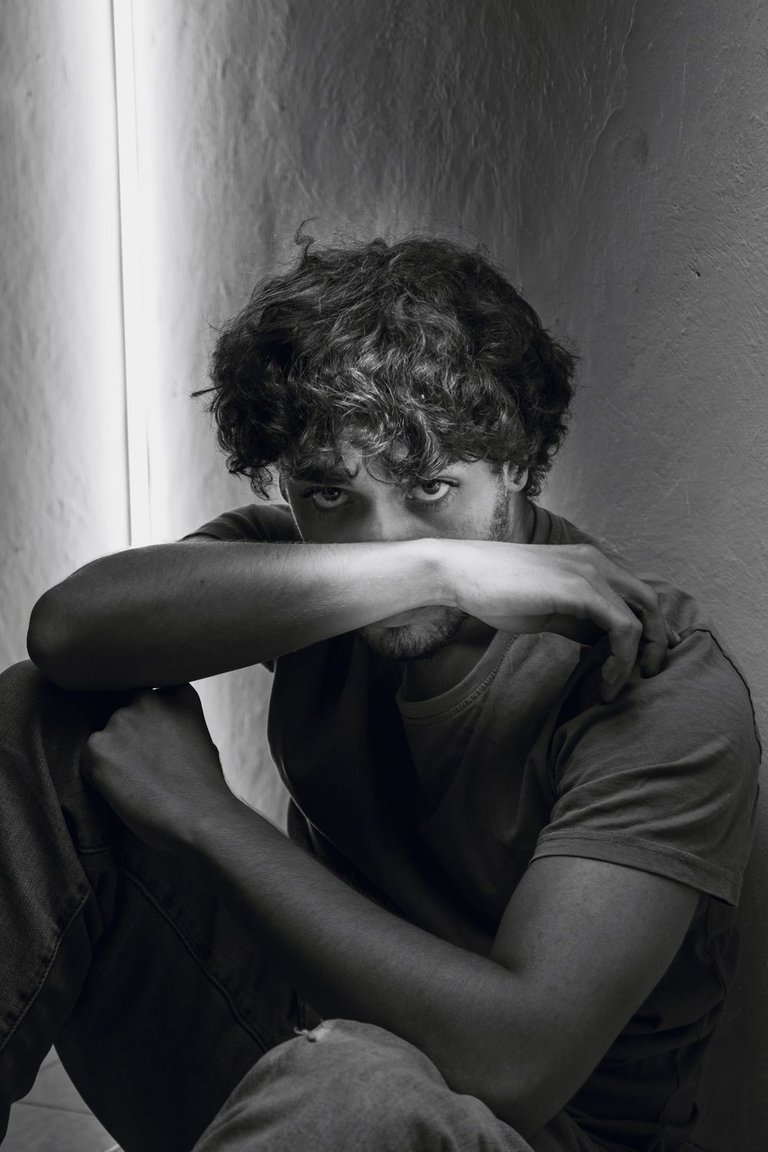De un tiempo para acá estoy utilizando la fotografía y los videos para expresar lo que no pueden las palabras, el cuerpo o la mente. La fotografía como autorretrato tiene algo cuanto menos curioso, y es que contiene la resignificación explícita e implícita de uno mismo. La intención y la interpretación de la imagen se van modificando con el tiempo, adquiriendo diferentes ideas a la original, no necesariamente opuestas, sino más bien complementarias. Al final, lo que retratas de ti mismo siempre termina formando parte de ti, pero de alguna manera, el tiempo, como si de una fermentación se tratase, termina por darte a entender qué es lo que contiene tu imagen: qué dice la mirada, qué pensabas realmente, qué sentías realmente.
Lately, I have been using photography and video to express what words, the body, or the mind cannot. Photography as self-portraiture has something rather curious: it holds the explicit and implicit re-signification of oneself. The intention and interpretation of the image evolve over time, adopting ideas different from the original—not necessarily opposing, but rather complementary. In the end, what you capture of yourself always becomes a part of you. Yet, in some way, time—like a kind of fermentation—eventually reveals what your image holds: what your gaze says, what you were truly thinking, and what you were really feeling.


El autorretrato como terapia me ha servido para entender momentos de mi vida con retrospectiva. No puedo evitar preguntarme, aun cuando tengo alguna respuesta, ¿qué es eso que expresa mi mirada?
Self-portraiture as therapy has helped me understand moments in my life through hindsight. I can’t help but ask myself, even when I have some answers: What is it that my gaze expresses?


¿Lo has intentado? ¿Sabes qué expresa tu mirada?
Have you tried it? Do you know what your gaze expresses?


